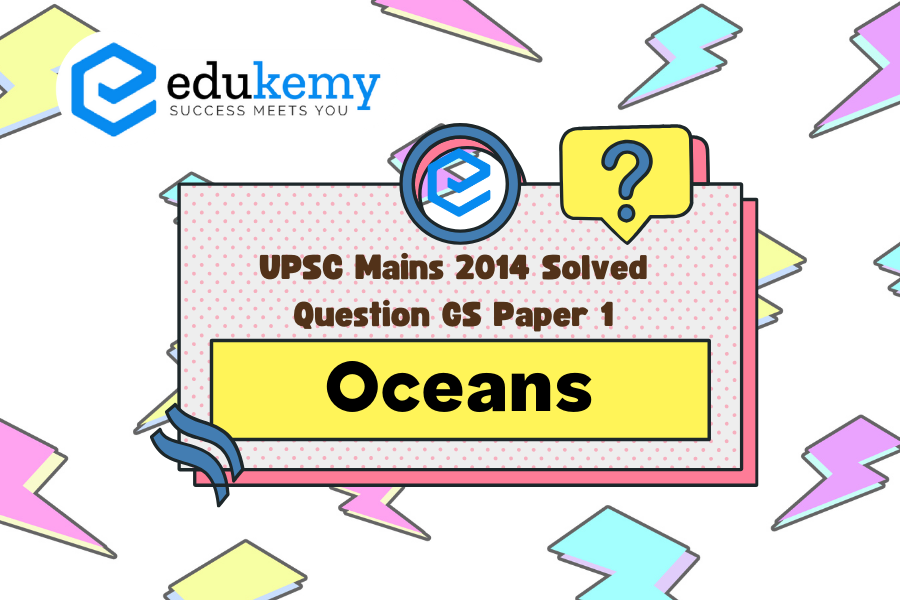The oceans harbor a plethora of untapped resources that hold promise in addressing the global resource crisis. From renewable energy sources like offshore wind and tidal power to valuable minerals and seafood, the potential of oceanic resources is vast. However, harnessing these resources requires careful evaluation and management to ensure sustainability and mitigate environmental impacts. Renewable energy technologies such as wave and ocean thermal energy conversion offer clean alternatives to fossil fuels, while deep-sea mining presents opportunities for accessing critical minerals. Additionally, aquaculture and sustainable fishing practices can meet growing demands for protein-rich food without further depleting wild fish stocks. Nonetheless, challenges such as technological limitations, regulatory frameworks, and the need for international cooperation underscore the complexity of utilizing oceanic resources effectively. A comprehensive evaluation of these resources is imperative to harness their potential while safeguarding the delicate marine ecosystem for future generations.
Tag: Distribution of key natural resources across the world.
Contents
Decoding the Question:
- In Introduction, start with briefly mentioning ocean resources.
- In Body, discuss significant resources of the ocean elaborately.
- Conclude the answer by mentioning the overall significance of the resources available and how it can solve many crises in the world.
Answer:
Theoretically speaking, the potential of oceans as an energy source is believed to be equivalent to approximately 4 to 18 million tonnes of oil. The ocean forms a valuable source of energy because it is a predominantly renewable source of energy. While petroleum and gas found on oceanic beds are non-renewable energy sources, there is a plethora of unexploited modes of generating power which is renewable.The ocean is one of Earth’s most valuable natural resources. These can be harnessed to meet the resource crisis in the world.
Continental Shelf: It is the shallowest part of the ocean (Depth approximately 200 m). It is a photic zone. Some resources of this region:
- Marine life like floating planktons, benthos (crabs) and nektons (fishes). Fishes are rich in nitrate and phosphate, high protein, medicinal use. Fish provide about 16% of the total world’s protein needs. About 200 billion pounds of fish and shellfish are caught each year from the ocean.
- 90 % of Petroleum reserves of the world are found in continental shelves. Like Bombay high, gulf of Cambay, Persian Gulf, North Sea, Barents Sea, Gulf of Mexico, Norwegian sea.
- Sulphur can be rarely found on land. Available in sea during marine volcanism. Example- Gulf of Mexico is a rich source of sulphur.
- Placer deposits are the deposits made when wave action erodes the beach rocks. Some stable minerals freed from the rocks due to weathering and waves shift the lighter material more rapidly than heavier. Concentration of heavy minerals on the shelf creates these deposits. Example- Monazite sand (source of thorium) at Kerala coast, Gold (Alaska), Zircon (Brazil, Australia), Diamond (South Africa)
- Calcium which is least soluble in ocean water can be obtained from continental shelf. Peruvian coast has rich deposits of calcium and phosphate.
- Precious stones like pearls can be found here.
Abyssal Plain: It occupies 40% of the ocean floor. It exhibits tremendous diversity in terms of landforms.
- It has deposits from continents (terrigenous), marine life (biogenous) and salts and mineral (inorganic)
- Concentration of metals around a core is called PMN (Poly Metallic Nodules) or Manganese nodules. PMN are basically small nodules of metals like Manganese, Iron, Silicon, Al, Nickel and Cobalt etc. These can be seen at the depth 4000-6000m. Some of the minerals are rare on land. PMN First found in Kara Sea, Arctic Ocean. These nodules are found in all the oceans. It has immense economic importance for the central Indian Ocean and Eastern Pacific Ocean. India collects nickel, cobalt etc for industrial developments from the Indian ocean in the form of PMN.
However, a lot of the technologies involved in developing ocean or marine energy are in development or in the nascent phases of being implemented on a wider scale. Wave power refers to the harnessing of energy generated by ocean surface waves to generate electricity, assist water desalination plants, pump water etc. Deployment of ocean current turbines in locations with strong marine currents, in-stream turbines in rivers that move at a fast pace and tidal energy turbines in coastal and estuarine areas are the latest technologies that various countries are exploring. In these instances, the turbines extract energy from the fast moving water currents. Other renewable sources include ocean thermal energy, tidal power, osmotic power etc.
In case you still have your doubts, contact us on 9811333901.
For UPSC Prelims Resources, Click here
For Daily Updates and Study Material:
Join our Telegram Channel – Edukemy for IAS
- 1. Learn through Videos – here
- 2. Be Exam Ready by Practicing Daily MCQs – here
- 3. Daily Newsletter – Get all your Current Affairs Covered – here
- 4. Mains Answer Writing Practice – here


